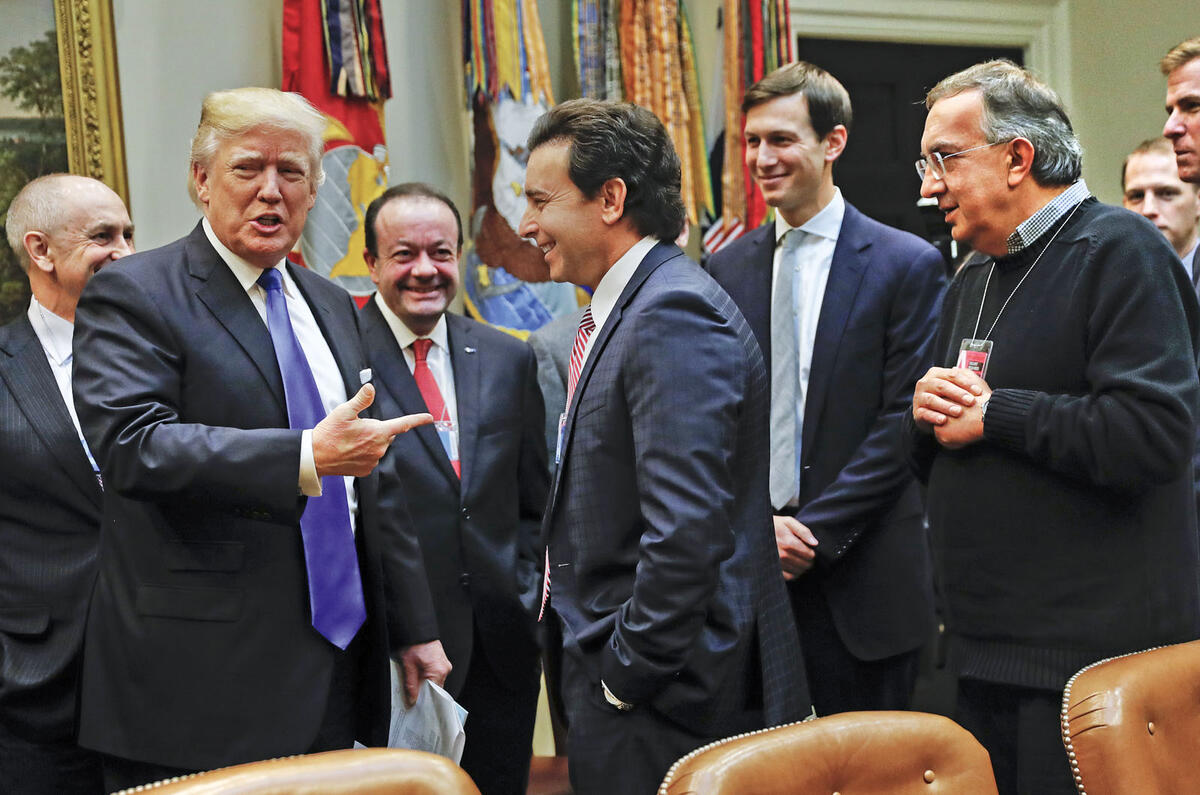President Donald Trump looks set to pull the plug on plans for “onerous” US fuel economy laws as his administration embarks on its promised ‘business first’ policy drive and seeks to massively reduce the number of regulations in US law.
Changes to existing legislation could also cause California to lose its independent control of CO2 emissions and, with it, its ambitious regulations to increase electric vehicle sales.
In the last days of President Obama’s administration, the Environmental Protection Agency (EPA) rushed out a ‘finalised’ plan to require car makers to achieve an average of 65.5mpg (UK gallons) under the Corporate Average Fuel Economy (CAFE) regulations by 2025.
However, Trump looks set to remove control of CO2 emissions from the EPA. In a press release last week, the Trump administration said it wanted the EPA “to refocus on its essential mission of protecting our air and water”, which, until 2009, was the full extent of the EPA’s remit.
The proposed EPA fuel economy rules arrived more than a year before their expected date, a move interpreted by some US media outlets as a direct political challenge to the incoming Trump administration.
Trump’s moves follow motor industry claims that the 2025 fuel economy regulations could cost manufacturers as much as $200 billion (£159bn) between 2012 and 2025. Manufacturers also argue that it is not possible to force people into buying the most economical vehicles.
A report published by the EPA and the Californian Air Resources Board (CARB) last July concluded that car makers could afford the required fuel economy technology and large sales of hybrids and EVs weren’t needed to meet 2025 targets.
However, the report also said car makers were, in the end, unlikely to meet the 2025 requirements because the original regulations were based on a sales mix of 67% cars and 33% trucks — although SUVs are counted as trucks. That sales split is currently 50/50.
Like the planned EU fleet CO2 regulations for 2020/21, the new EPA economy requirements vary depending on the size of the vehicle. In effect, the smallest vehicles would need to achieve 73mpg (UK gallons), while even the largest pick-up trucks would have to return more than 36mpg (UK gallons).
Trump might even take on California’s independent oversight of emissions regulations, which are more rigorous than those in the rest of the US. California’s regulations requiring a certain percentage of zero-emission vehicle (ZEV) sales is one of the big global drivers behind electric car development. Thirteen other US states have also adopted the Californian regulations.





Join the debate
Add your comment
You really couldn't make up
Protecting domestic market
Trump